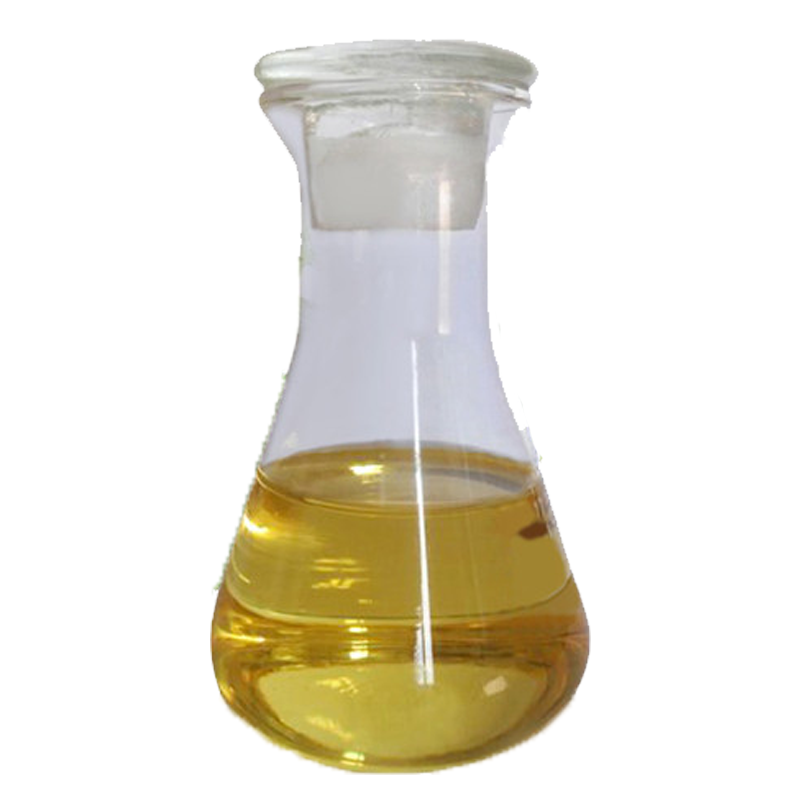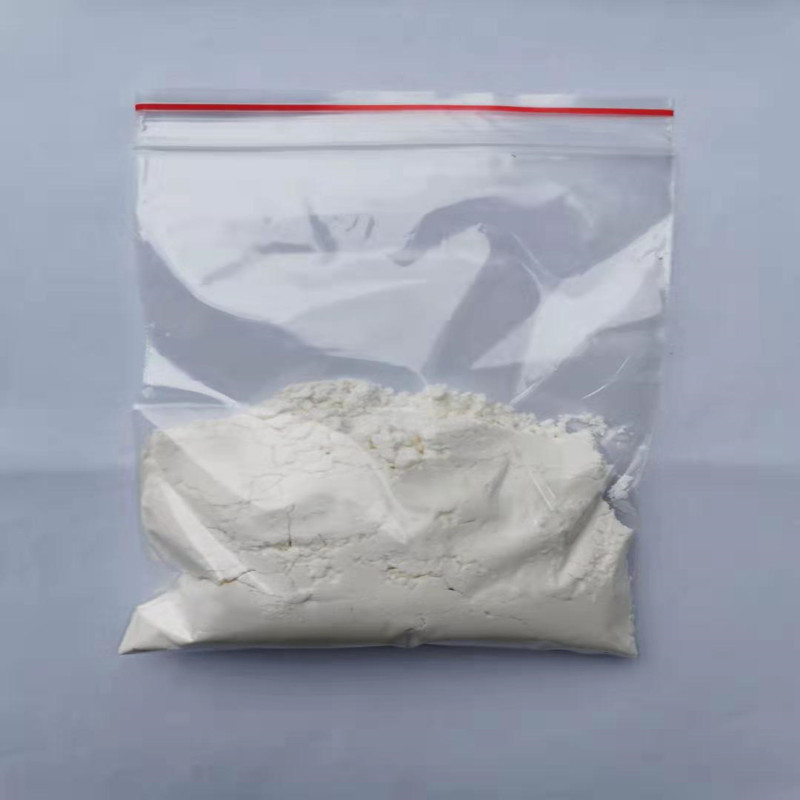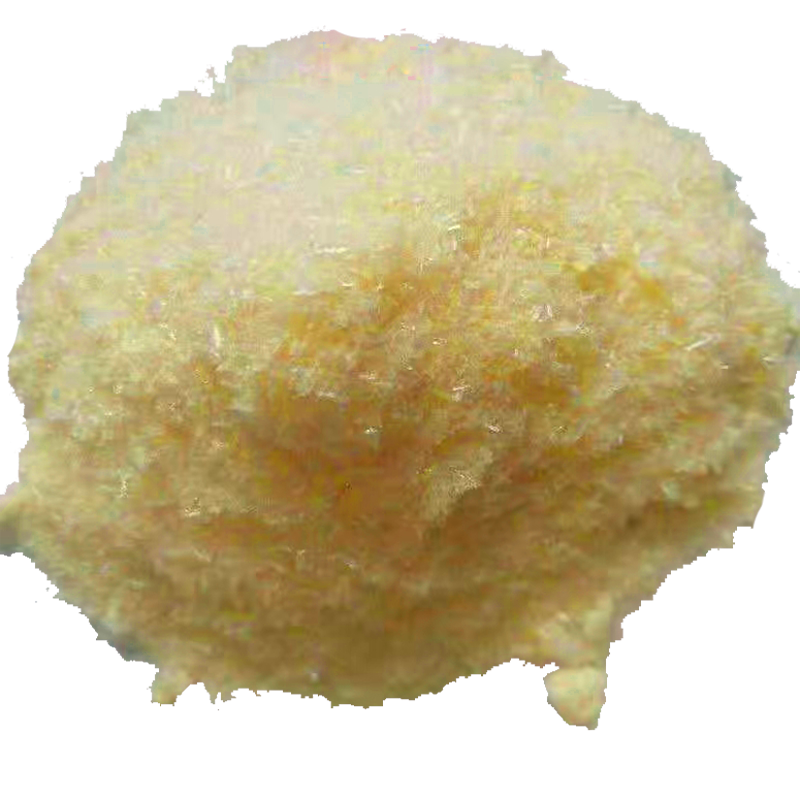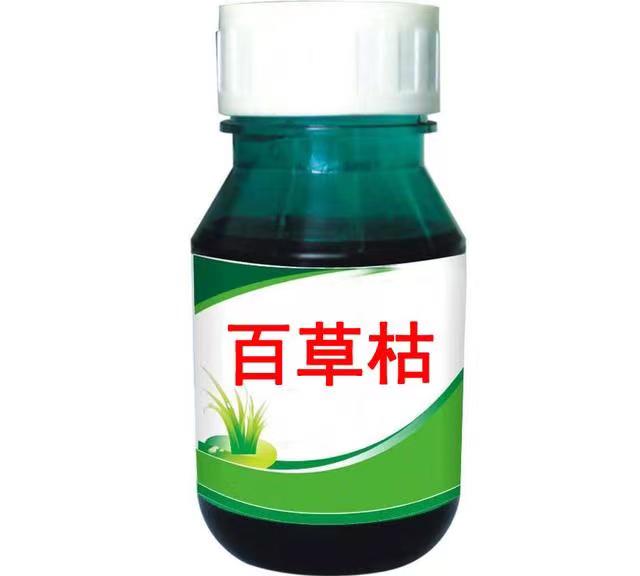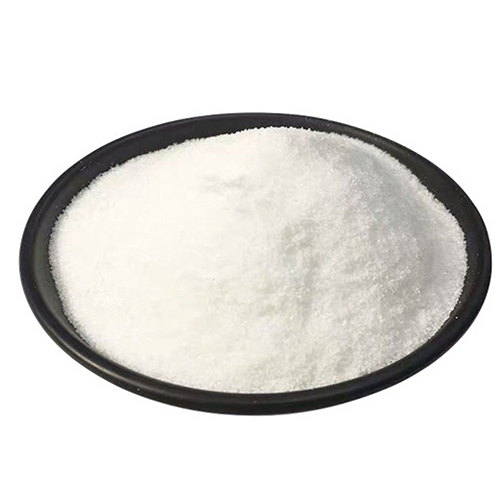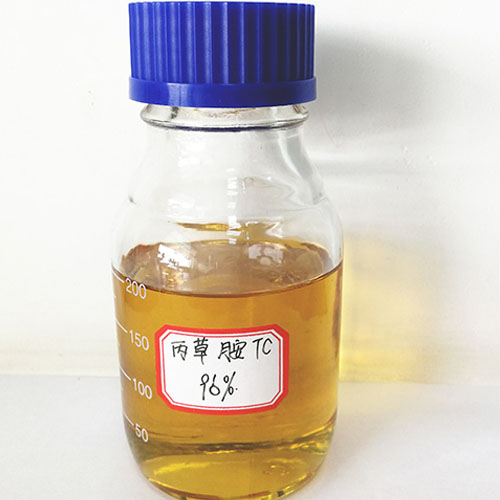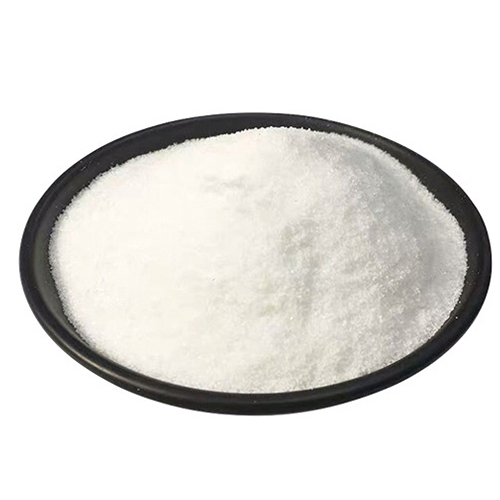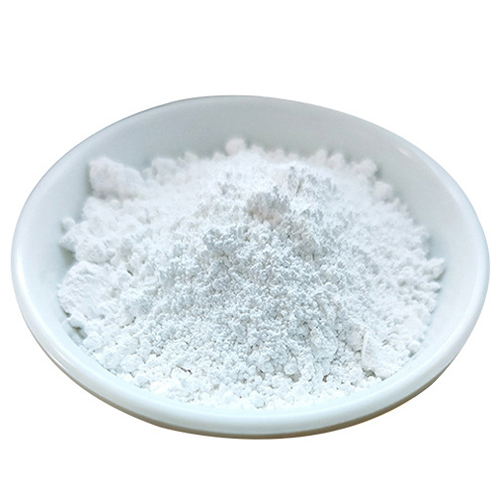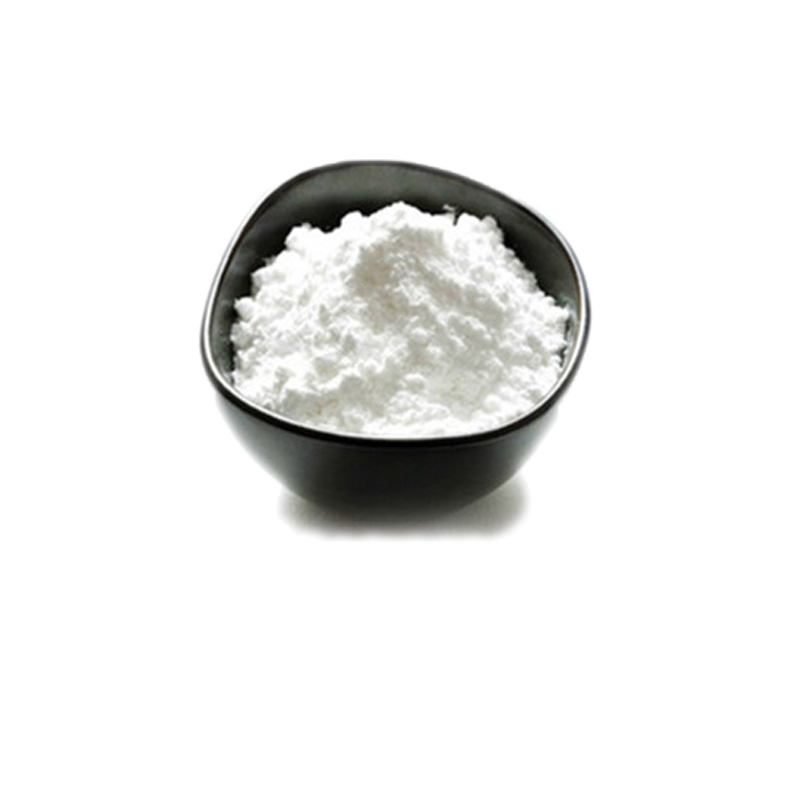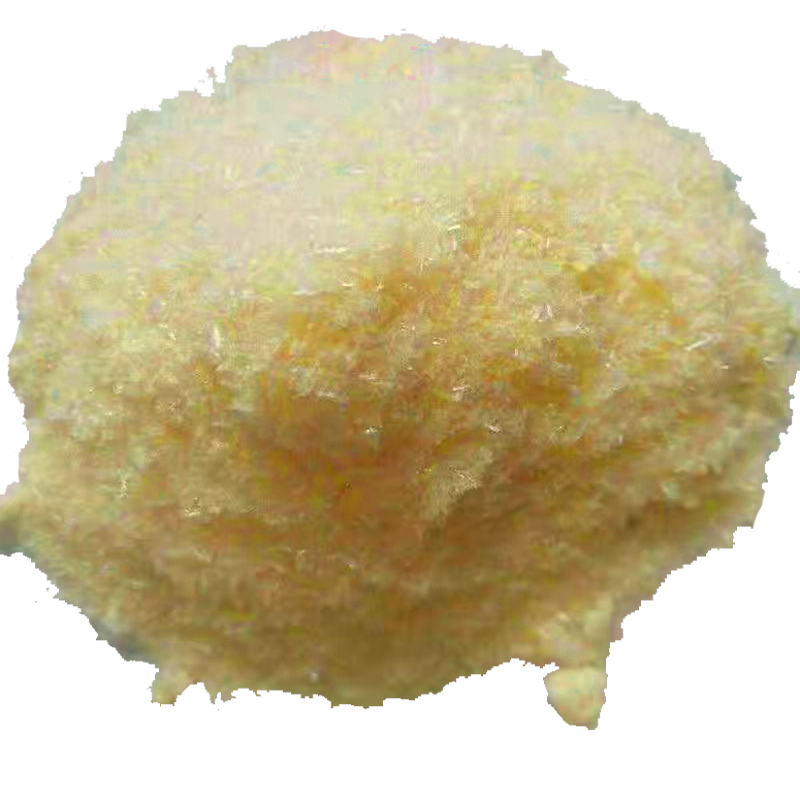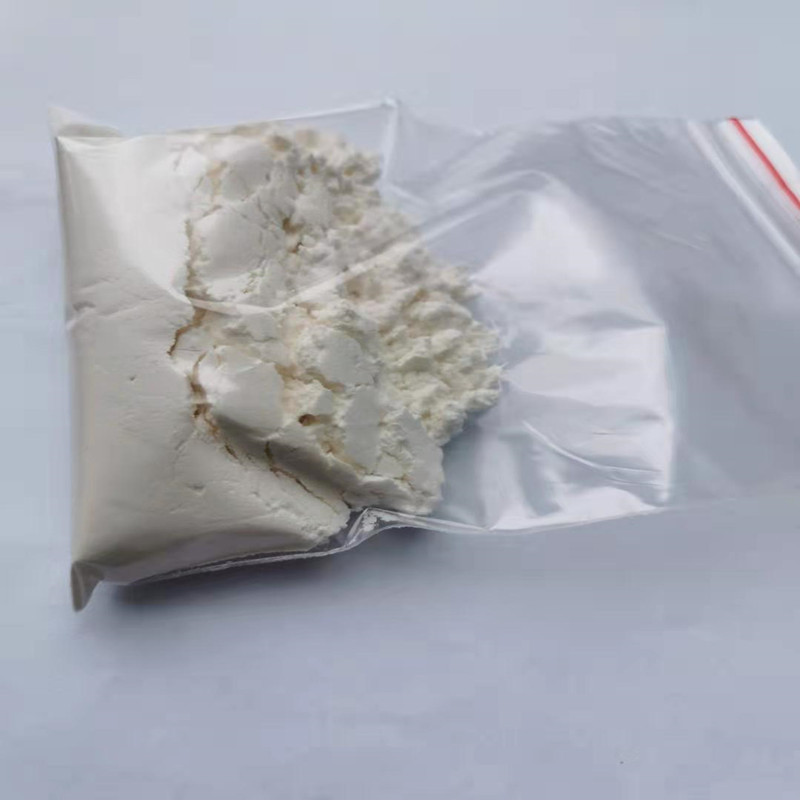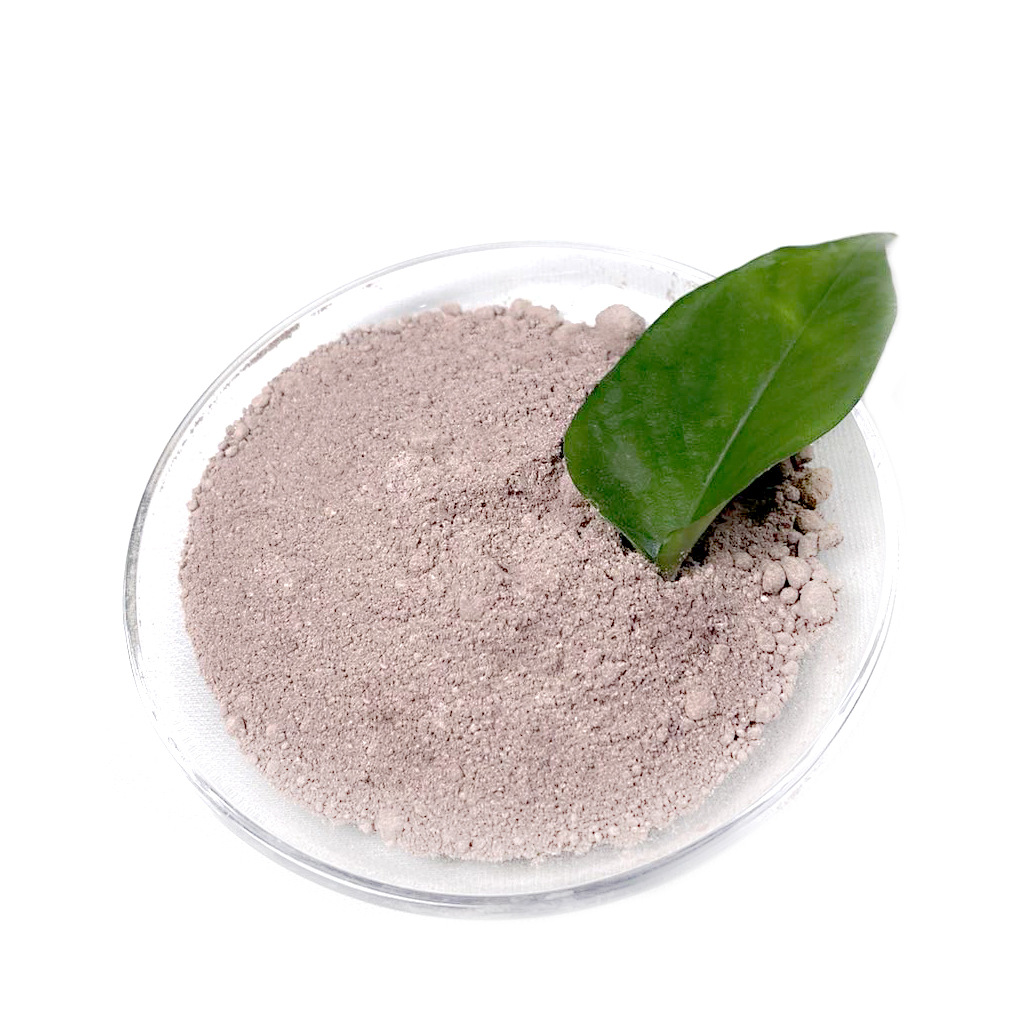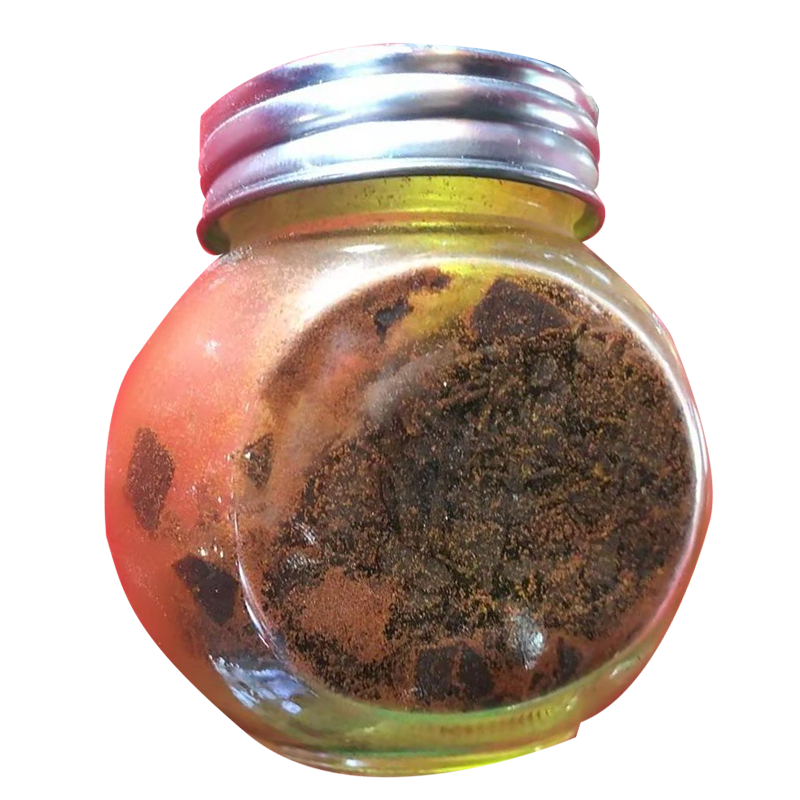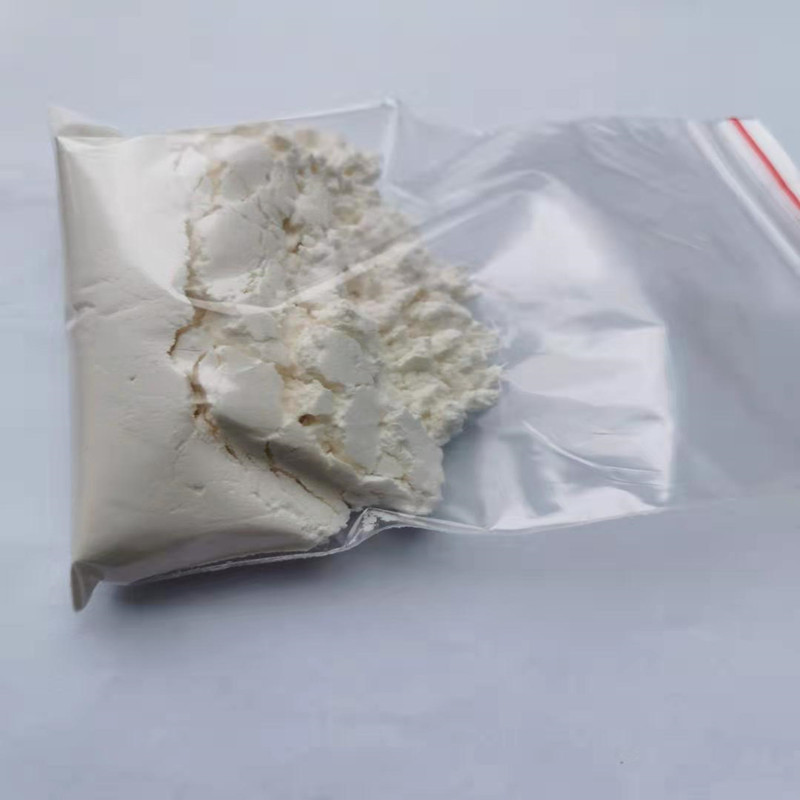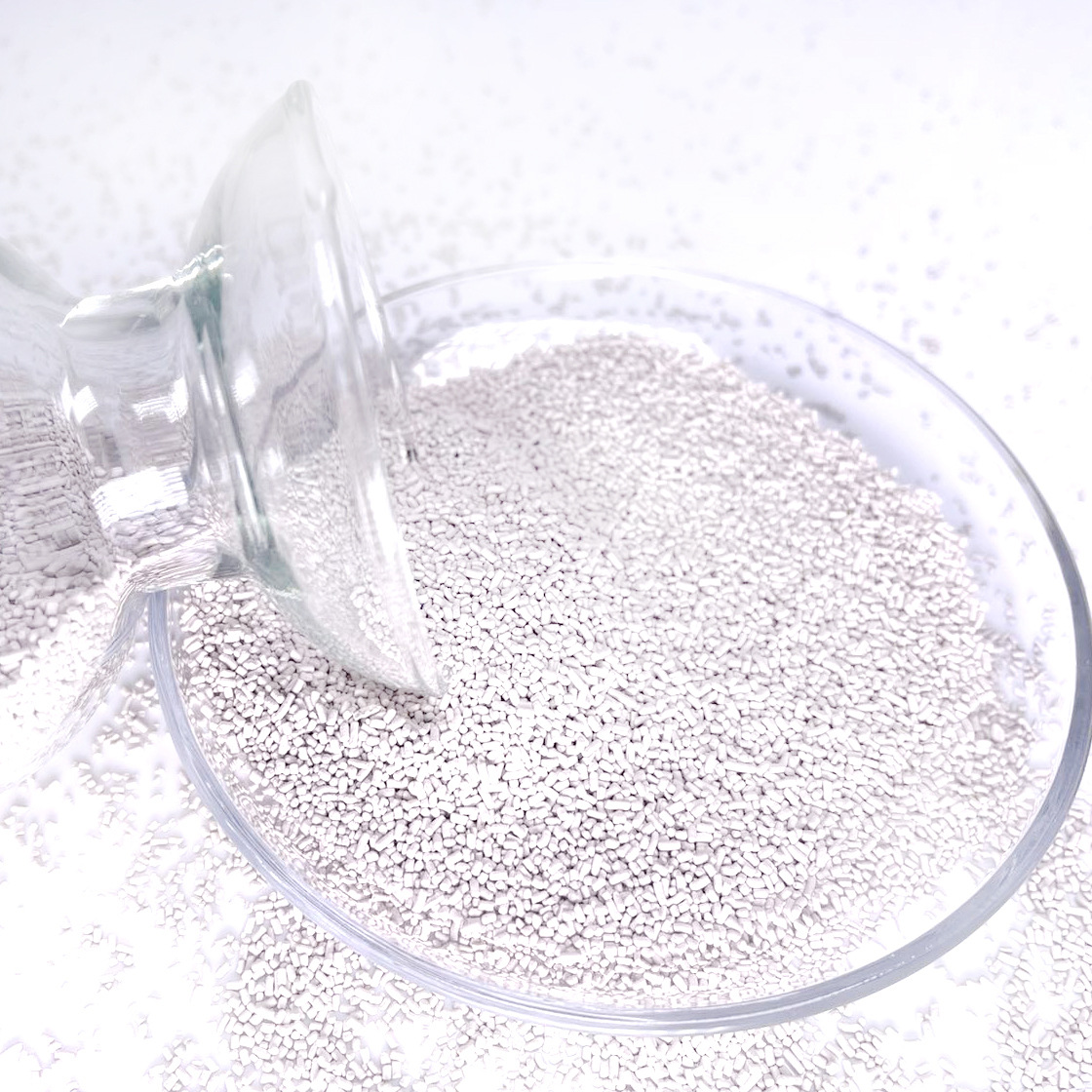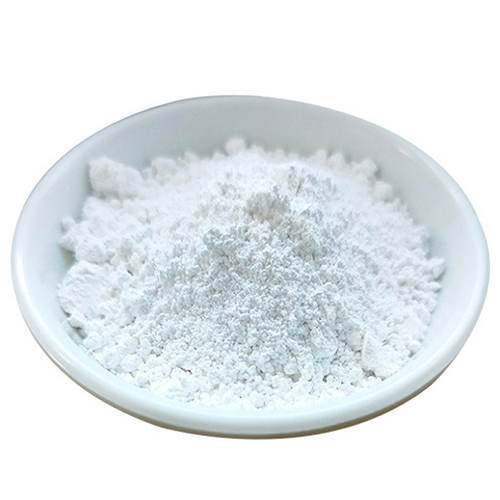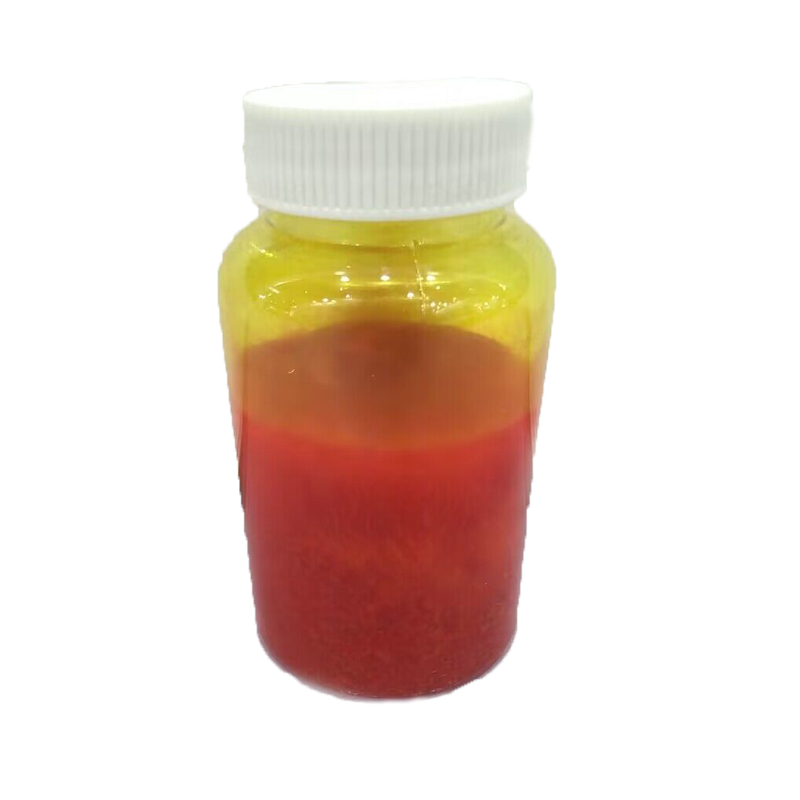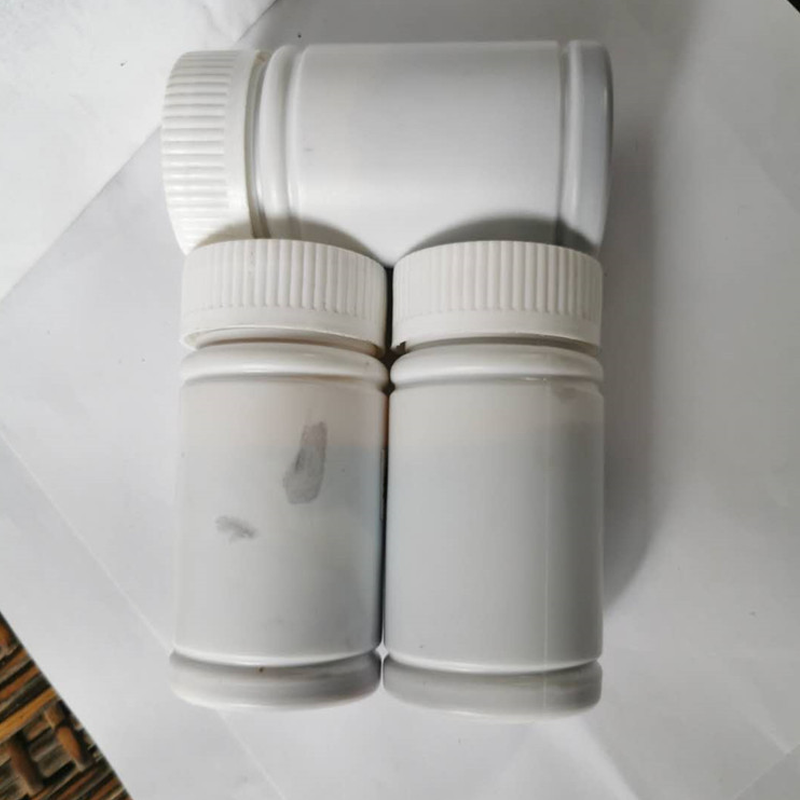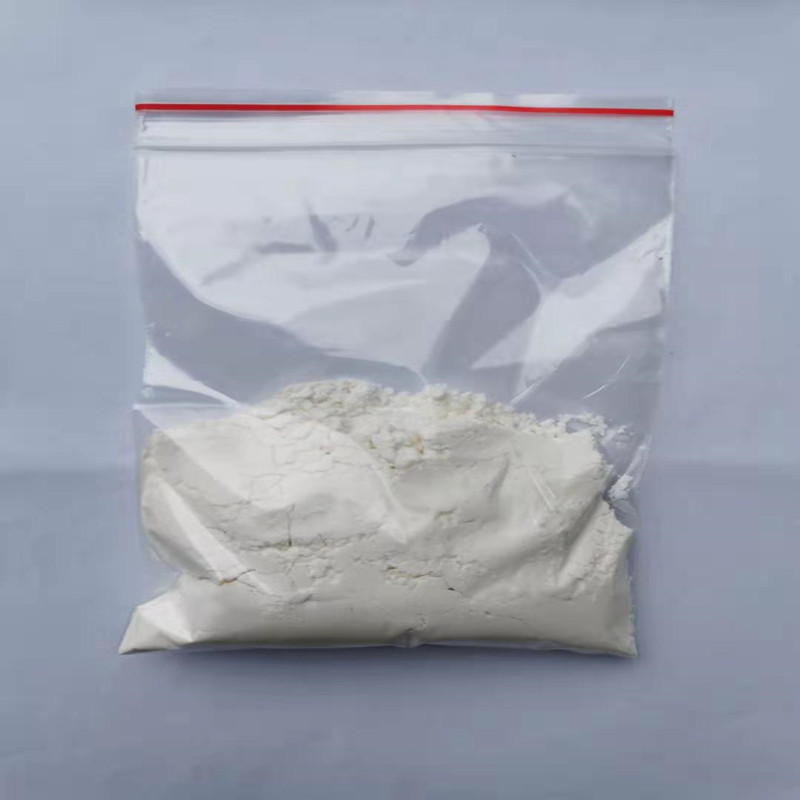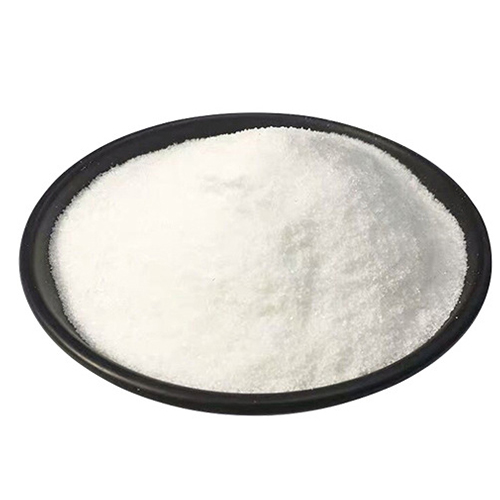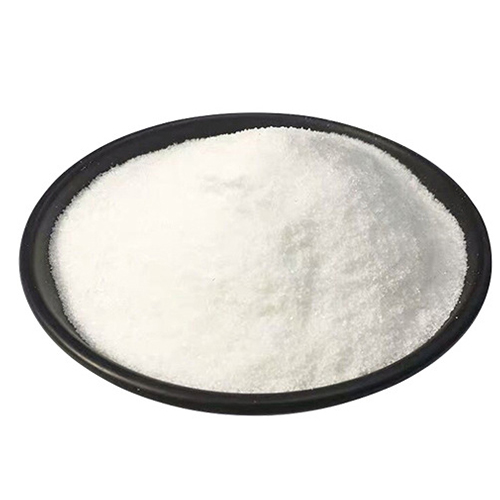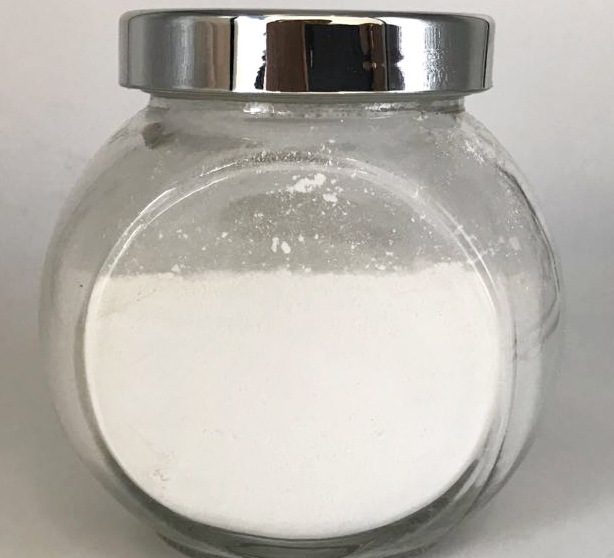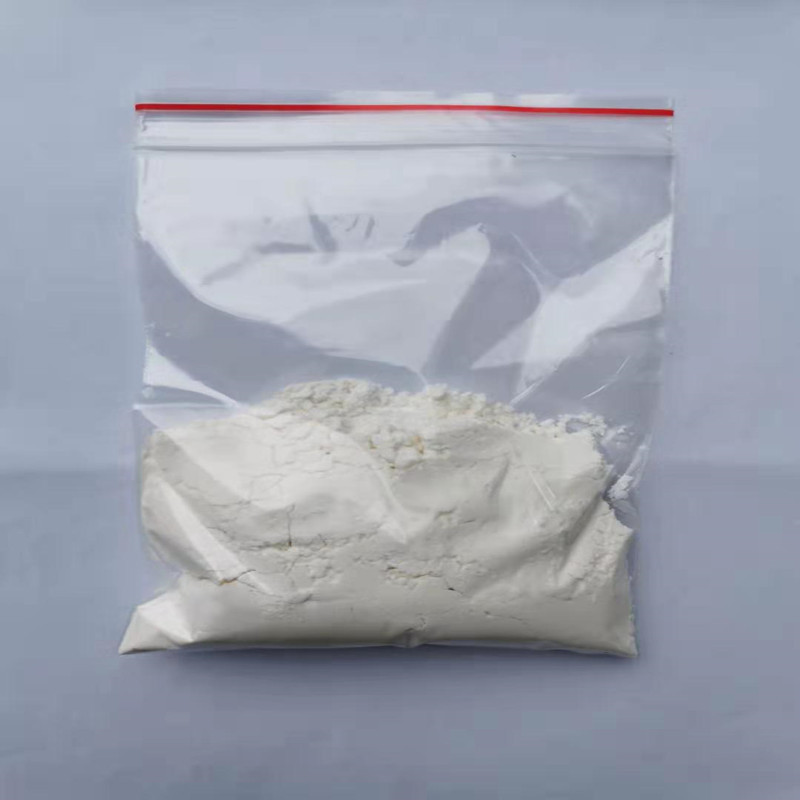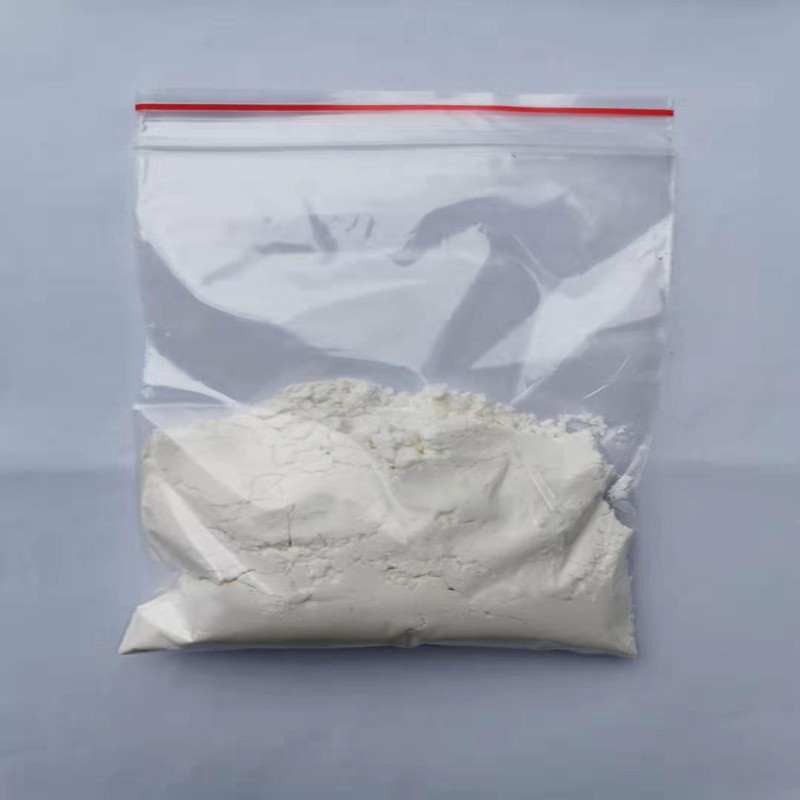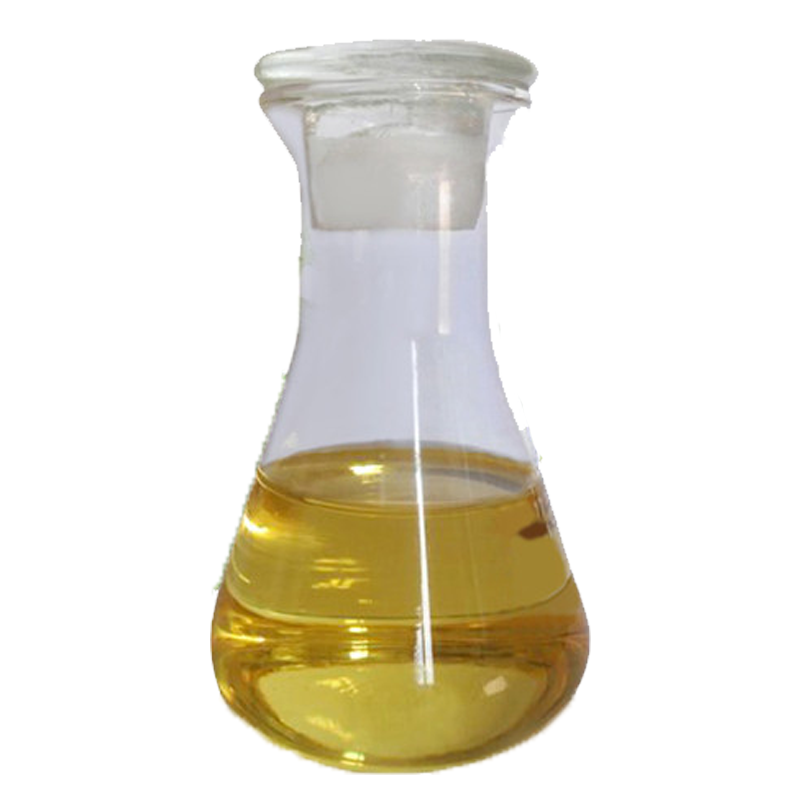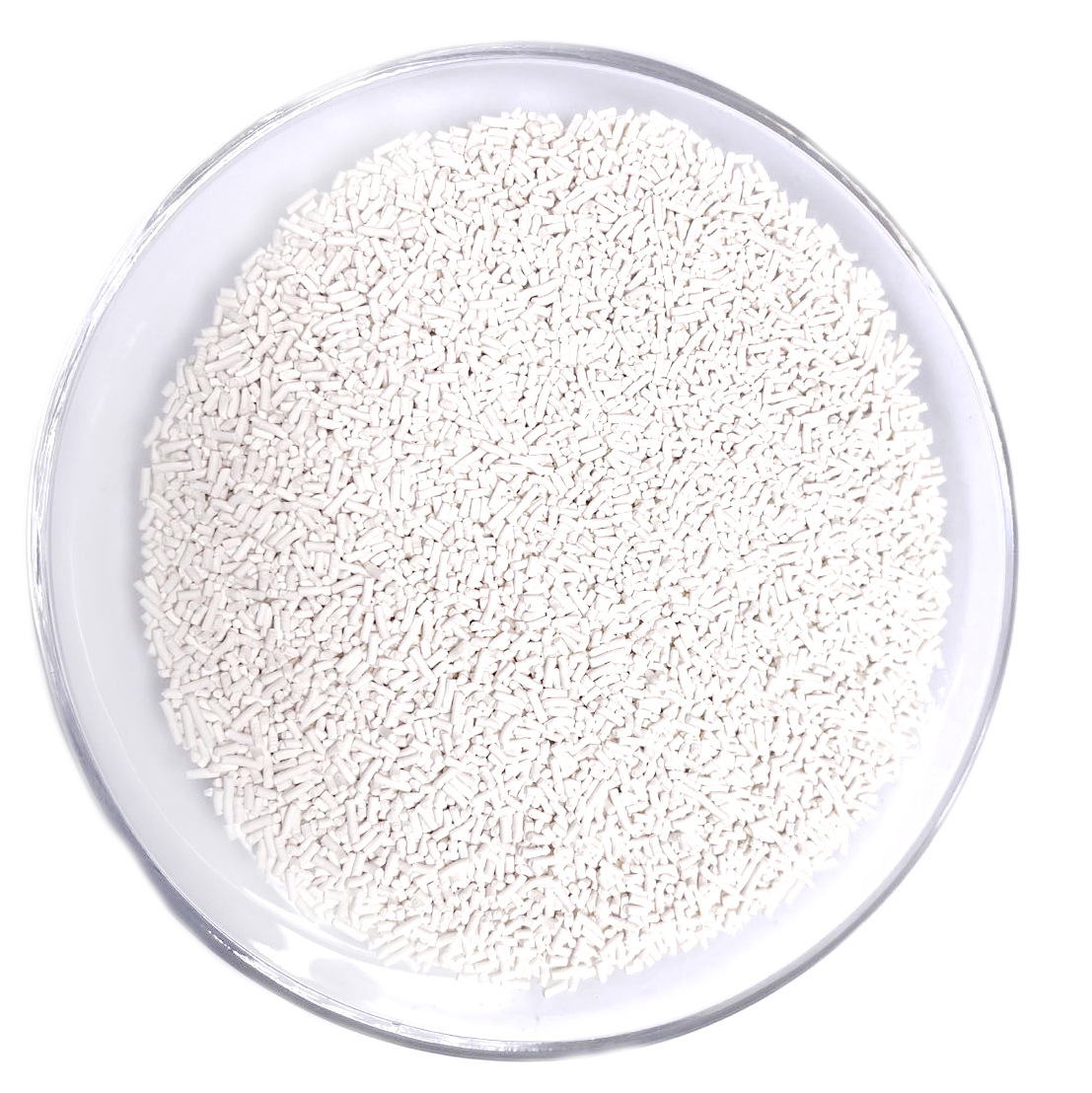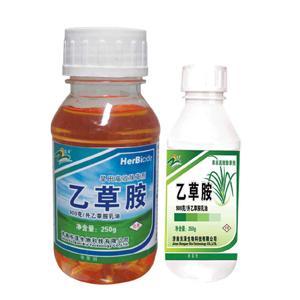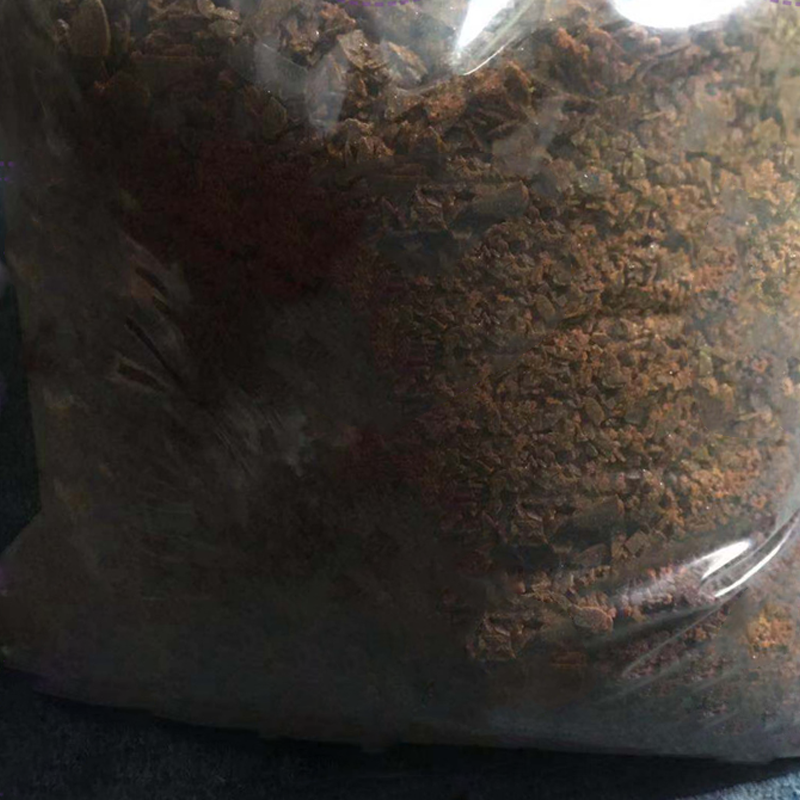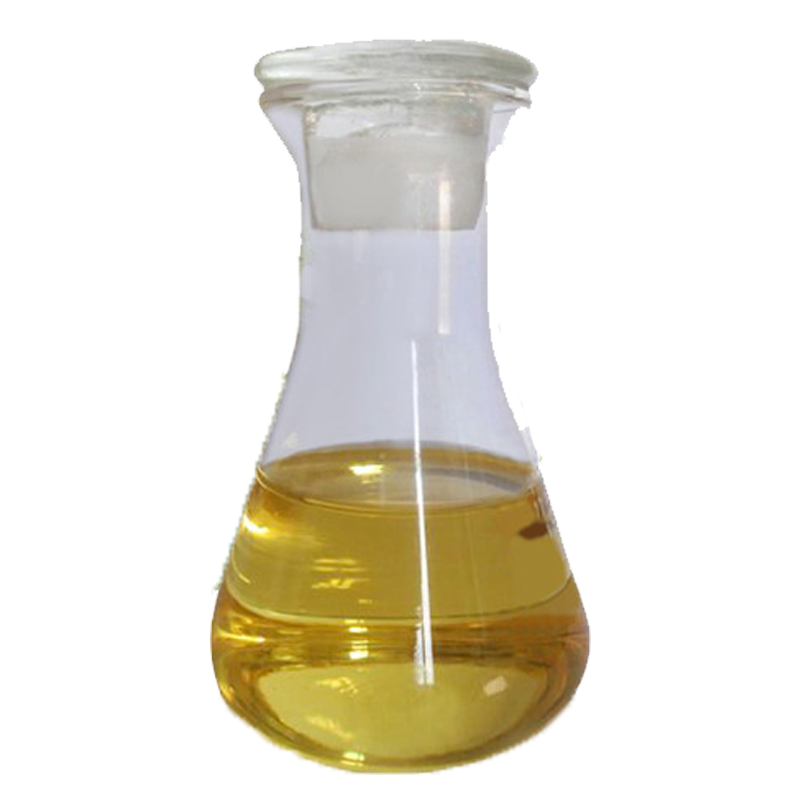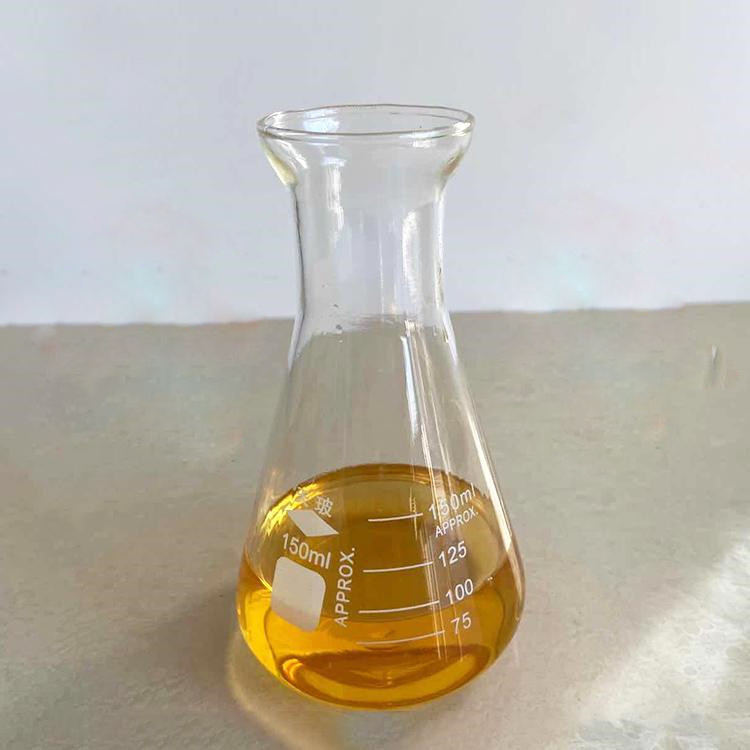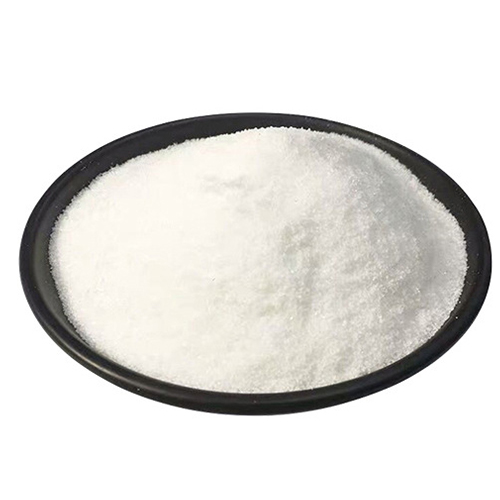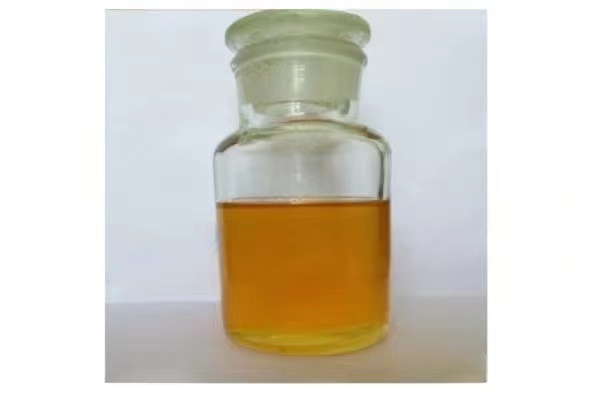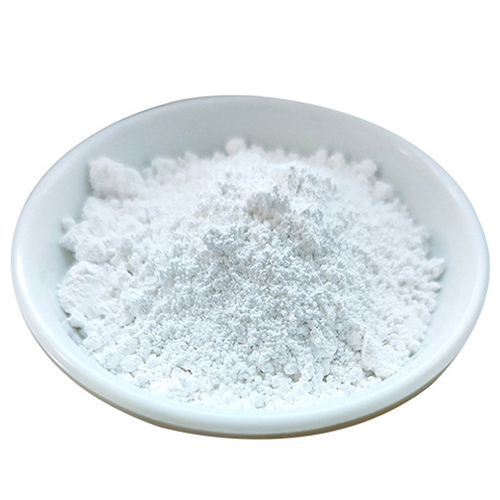
Herbicide Glufosinate-ammonium 95%TC Cas77182-82-2
Glufosinate-ammonium is a non-selective foliar spraying organophosphorus herbicide, which can cause the ammonium metabolism in the plant to fall into disorder in a short period of time after application, and ammonium ions, a strong cytotoxic agent, accumulate in the plant, causing the plant to poison and die , and photosynthesis is also severely inhibited. It loses its activity after contacting the soil, and is harmless to unearthed young shoots and seeds. It is only suitable for post-emergence stem and leaf spray.
CasNo: 77182-82-2
Formula: C5H18N3O4P
Physical State: crystallize solid
Purity(%): 95%
Application: Agricultura
Color: White
Formulation:10%-20%Liquid and used to manufacturer more formulated product
- Category: Herbicide
Glufosinate-ammonium is a non-selective foliar-spraying organophosphorus herbicide. The herbicidal mechanism of glufosinate-ammonium is that it has a partial systemic effect after being absorbed by the leaves, and can be transferred from the base to the end of the leaves to other parts of the plant. Transfers less and is harmless to unearthed young shoots and seeds. The ammonium metabolism in the plant is in disorder in a short period of time after the application of the pesticide, and ammonium ions, a strong cytotoxic agent, accumulate in the plant, causing the plant to poison and die. At the same time, photosynthesis is also severely inhibited, and the affected plants turn yellowish-white after losing chlorosis, and begin to wither and die after 2 to 5 days. Loss of activity after contact with the soil, only suitable for post-emergence stem and leaf spray.
Glufosinate-ammonium mechanism of action
When glufosinate-ammonium is sprayed on plants, it can be quickly absorbed into the body through stems and leaves, and conducts in the xylem relying on plant transpiration. However, it will be rapidly decomposed by the microorganisms in the soil after it contacts the soil, so the root absorbs little or no absorption of glufosinate-ammonium. the
The action of glufosinate-ammonium is related to glutamine synthetase, which catalyzes the synthesis of glutamine from glutamic acid and ammonium ions during nitrogen metabolism in plants. When glufosinate-ammonium enters the plant, it can combine with ATP and occupy the reaction site of glutamine synthetase, thereby irreversibly inhibiting the activity of glutamine synthetase and destroying a series of subsequent metabolic processes.
Features of Glufosinate-ammonium
Glufosinate-ammonium has the characteristics of broad herbicidal spectrum, low toxicity, high activity and good environmental compatibility, and its activity speed is slower than that of paraquat and better than that of glyphosate. As a non-selective herbicide coexisting with glyphosate and paraquat, the application prospect is broad. Many weeds are sensitive to glufosinate and can be used as an alternative to glyphosate in areas where glyphosate is resistant
Applications of Glufosinate-ammonium
Because glufosinate-ammonium has the characteristics of wide herbicidal spectrum, rapid inactivation and degradation in soil, and low toxicity to non-target organisms, crops can be made resistant to glufosinate-ammonium through transgenic technology, so that glufosinate-ammonium can selectively Kills weeds without harming crops. The researchers of Aigefu Company isolated the bar gene from the strain of Streptomyces hygroscopicus and the pat gene from the strain of Streptomyces viridans. These two genes have 80% homology, and both can encode glufosinate-ammonium acetylase, which can acetylate glufosinate-ammonium and inactivate it. The transfer of these two resistance genes in crops can make the crops express glufosinate-ammonium acetylase, inactivate the glufosinate-ammonium entering the crops, and reduce the harm of glufosinate-ammonium to crops.
The glufosinate-ammonium resistance gene has been introduced into more than 20 crops such as rice, wheat, corn, sugar beet, tobacco, soybean, cotton, potato, tomato, rapeseed, sugarcane, etc., and the glufosinate-resistant crops have been successfully commercialized The Liberty Link series covers almost all major crops. Bayer CropScience, Dow AgroSciences, and Monsanto have continuously developed glufosinate-resistant transgenic crops, bringing huge market growth to glufosinate.
Glufosinate-ammonium has a wide herbicidal spectrum, and it has a good control effect on almost all annual or even perennial weeds in most farmland. It can be used in orchards, vineyards, potato fields, non-cultivated land, etc. to control annual and perennial dicotyledonous and gramineous weeds, such as sagegrass, crabgrass, barnyardgrass, wild barley, wild wheat, wild corn, dandelion and other broad-leaved weeds Weeds, also has some effect on sedges and ferns.
Spray 0.7-1.2 kg/hectare on the weed population when the broad-leaved grass is growing vigorously and at the beginning of tillering for gramineous weeds. Extended validity period. Potato fields should be applied before budding, or sprayed before harvesting to kill stubble on the ground and facilitate harvesting. To control ferns, the dosage is 1.5-2 kg per hectare. It is generally used alone, and sometimes it can be used in combination with simazine, diuron or 2-methyl-4-chlorine.
Package of Glufosinate-ammonium
We also supply some accessories to add more functions for end-users' convenience, which also help our distributors and business partners sell our products in their area. Any special package requirements, please don't be hesitate to tell us.
Large Package:
Solid: 25Kg UN approved fiber drums with LDPE liner;
Liquid: 200L UN approved HDPE or iron drums.
Retail Package:
Solid: 10g;50g;100g;500g;1kg;5kg;25kg
Glufosinate ammonium supplier
Agripestcide is a professional pesticide chemical manufacturer, supplying high quality and effective herbicide glufosinate-ammonium with high quality and good service. If you are looking for Herbicide Glufosinate-Ammonium, please feel free to contact us for latest price.
Name | Glufosinate-ammonium |
Formula | C5H18N3O4P |
Molecular Weight | 215.19 |
EINECS N0. | 278-636-5 |
Melting Point | 210°C |
Boiling Point | 519℃ |
Physical State | crystallize solid |
Color | White |
Purity | 95% |
Package | 25kg Cardboard barrel |
Application | Agricultural |
Storage | Ventilation low temperature drying |
Sample | Available |
EXP | 2 years |
Send an Inquiry
Your email address will not published. Required fieled are marked.
Related Products
Check out other related Products

